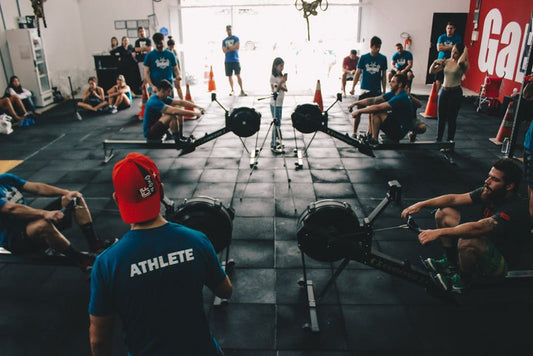CrossFit

Cross Training: Impact of Hip Extension on Spri...
To ensure a proper running posture, form, gait, and efficiency, you need sufficient hip extension. Without knowing, some athletes engaged in CrossFit training suffer from restricted or inhibited hip extension....
Cross Training: Impact of Hip Extension on Spri...
To ensure a proper running posture, form, gait, and efficiency, you need sufficient hip extension. Without knowing, some athletes engaged in CrossFit training suffer from restricted or inhibited hip extension....

Top Benefits of Cross Training for Teens
Many teens know that CrossFit is a training regime that combines Olympic weightlifting, gymnastics, and other forms of intense workouts. However, only a few of them know precisely how CrossFit...
Top Benefits of Cross Training for Teens
Many teens know that CrossFit is a training regime that combines Olympic weightlifting, gymnastics, and other forms of intense workouts. However, only a few of them know precisely how CrossFit...

